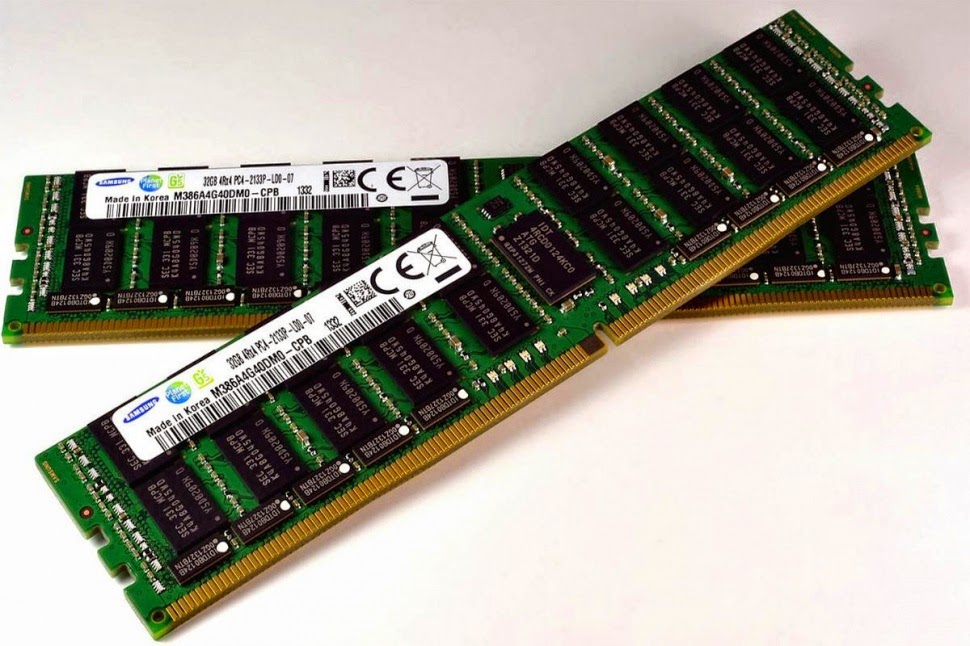*please check the link on the right*
I’ve covered tech for years, but Samsung’s Galaxy S5 announcement in Barcelona was the largest product unveiling I’ve ever seen. I was one of thousands of journalists herded into a ballroom that could only be outsized by a stadium. There was pushing, shoving, and much anticipation.
Why all the fuss? Because of the number Samsung showed before it said anything else: 200 million. That’s how many Galaxy S phones have sold around the world. The Galaxy S5 will carry that torch for the next year, and from our early impressions, 201 million is just around the corner.
A Galaxy packed with new sensors, and waterproofed…ness
Hardcore geeks may be disappointed in the Galaxy S5’s spec sheet, which breaks no new ground this year. It appears to be as powerful as top devices like the Galaxy Note 3, LG G2, and Sony Xperia Z1S, but no more so. It also looks almost identical to last year’s Galaxy S4. But this is because Samsung is focusing on other kinds of hardware advancements this time around. The GS5 has an IP67 waterproof and dustproof rating, a heart-rate monitor under its rear camera, and a fingerprint sensor inside its Home button. These are all real advancements that could be useful to real people. This is in stark contrast to Samsung’s Galaxy S4 unveiling, where it concentrated on numbers and a bunch of apps that nobody wanted or cared about.
Waterproof: Last year, Samsung released the GS4 Active as a waterproof and dustproof variant of the Galaxy S4 model. It one of our favorite phones on AT&T, and we’re very excited to see the standard S5 pick up this superpower. You won’t have to worry about your phone if it’s raining, you’re shoved into a pool (it can happen), you drop it in quicksand, or you want to check if Stacy in Sales returned your Facebook message while you’re in the shower. Less worries means more happy.
Heart-rate monitor: Not everyone will use or care about this feature, but if you want to check your heart rate after a workout, or for medical reasons, you can easily do so with the GS5. It has a small red light that shines through your finger on the back of the phone. The built-in S Health app will record your heart rate every day.
Fingerprint scanner: We weren’t able to test this sensor properly, but Samsung’s new Home button doubles as a fingerprint scanner that works a lot like one from CrucialTec we demoed last year at MWC. Yes, it’s an iPhone 5S rip off, but if biometrics are going to take off, they have to be widely accepted. Samsung is launching fingerprint scanner with the ability to make payments over its system or PayPal, which is more than Apple is letting anyone do. This could be a huge addition to the GS5.
Same look, but a cleaner inside
We like new bells and whistles on the outside of a phone, but we also appreciate that Samsung has cleaned up the inside, too. The Galaxy S5’s user interface is simpler and cleaner than previous devices. It’s easier to find features, and the Settings menu has a new gridded view that makes a lot of sense.
Even the Recent Apps screen and Notification menu seem simpler. And if you want a real simple mode, you can make the icons extra big by turning on an old-folks mode that comes with a built-in magnifier.
Since there is only 16GB of space on the phone, we’re very happy that the unit we tested only had 42 apps installed on it. That’s opposed to about 80 on phones that came out late last year. Samsung has kept a lot of its own apps intact, but isn’t shying away from Google apps, either.
Ultra Power Saving Mode is a winner
We briefly tried out Samsung’s new Ultra Power Saving Mode, which will help you conserve battery life in a jam. It’s the most intense battery-saving mode we’ve ever seen. It shuts down all services except a few vital ones, and turns the screen black and white. But according to Samsung, it can squeeze a full 24 hours out of a nearly empty battery.


Glam? We don’t think so
Samsung used the word “glam” and “modern” several times to describe the pitted, soft-plastic battery cover on the GS5. We don’t really see it. There’s nothing bad looking about the new GS5, but there is nothing “glam” about it either. Samsung has succeeded in creating another Galaxy that’s mostly devoid of personality, but also won’t offend the tastes of many. It should sell well, is what we’re saying.
Conclusion
The Galaxy S5 looks like a fantastic phone. It doesn’t look different, which will turn off journalists and elate iPhone fans the world over, but there’s a lot to love. For the first time, Samsung is innovating like Apple, instead of just mimicking it. Last year we got a bunch of new apps, and with the Galaxy Pro tablets at CES we saw a stupid new interface, but with the GS5, Samsung has taken a hard look at what people really want from its phone and tried to deliver a compelling new product. We can’t wait to get a Galaxy S5 in for review.
Highs
- Fast, powerful processor
- Clean, redesigned interface
- Runs Android 4.4 KitKat with less bloatware
- Waterproof and dustproof
- Built-in fingerprint scanner, heart-rate monitor
- Feels comfortable to hold
- MicroSD support
- Removable battery with new Ultra Power Saver Mode
Lows
*please check the link on the right*
This article was copied from digitaltrends.com thnx for them.













